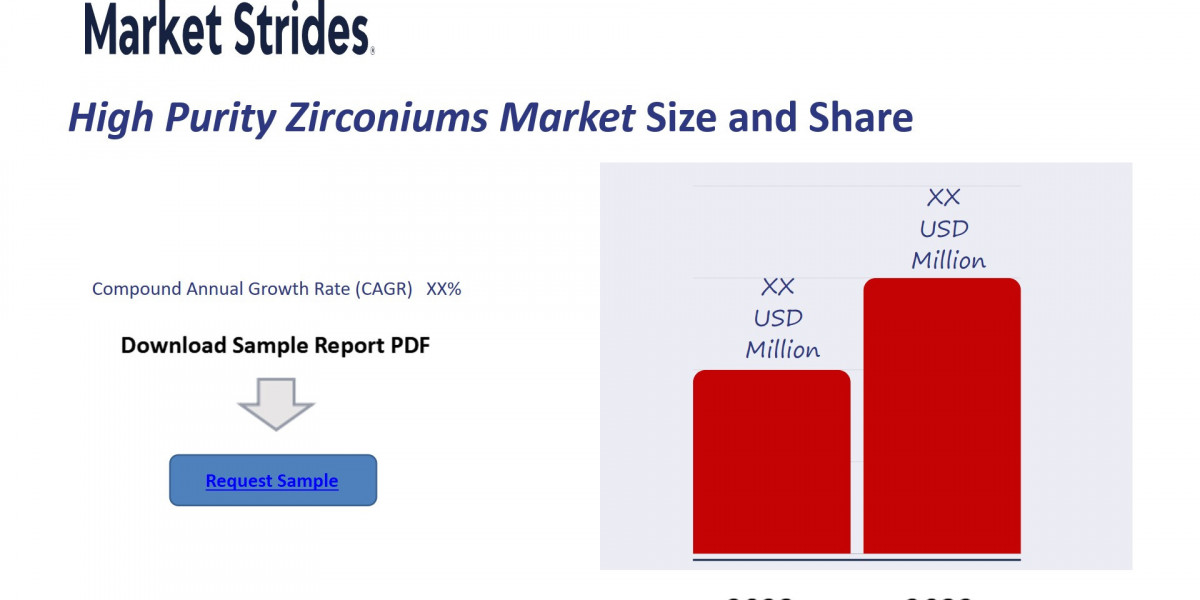A Bid-No-Bid analysis is a strategic decision-making process used by government contractors to determine whether they should respond to a Request for Proposal (RFP) or other solicitation. This evaluation helps businesses assess the likelihood of winning the contract, the potential risks involved, and the overall impact on resources. A well-executed Bid-No-Bid analysis is essential for focusing efforts on the most promising opportunities and avoiding costly pursuits that are unlikely to result in success.
1. Evaluating Opportunity Fit
The first step in a Bid-No-Bid analysis is assessing whether the opportunity aligns with the contractor's capabilities and strategic goals. This includes examining the technical requirements, scope of work, and the agency’s objectives.
- Technical Alignment: Does the company have the necessary expertise, resources, and experience to deliver the proposed solution?
- Strategic Fit: Does the contract align with the company’s long-term goals, such as expanding into new markets or strengthening its relationship with a specific government agency?
2. Assessing Competitive Landscape
Understanding the competitive environment is key to making an informed decision. Contractors need to evaluate how many competitors are likely to submit proposals and their strengths.
- Competitor Analysis: What is the level of competition? If the market is saturated with stronger competitors, it may not be worth pursuing the bid.
- Differentiation: Can the company offer a unique value proposition that makes it stand out from the competition?
3. Cost and Resource Considerations
The resources required to prepare a bid can be substantial, and these costs should be weighed against the potential reward. This involves looking at the cost-to-win ratio and whether the company has the resources to produce a competitive proposal.
- Proposal Development Costs: Does the company have the necessary time, personnel, and budget to create a high-quality proposal?
- Resource Availability: Are the technical, management, and support resources available to deliver on the contract if awarded?
4. Risk Management
Risk analysis is a critical part of the Bid-No-Bid decision. Contractors need to assess both the risks associated with pursuing the contract and the risks of not bidding.
- Contract Risks: Are there any potential legal, financial, or operational risks associated with this contract? For example, stringent compliance requirements or a high degree of uncertainty in the project scope.
- Opportunity Risks: What’s the risk of missing out on the contract? Is it a strategic opportunity that could open doors to other government contracts or long-term partnerships?
5. Past Performance and Reputation
A contractor's past performance can significantly influence the decision to bid. If the company has a strong track record with the agency or similar contracts, it may be more likely to win the award.
- Past Success: Does the company have a successful history with the agency or similar contracts? A solid reputation increases the likelihood of success.
- Customer Relationship: Does the company have good relationships with the key stakeholders involved in the procurement process?
6. Financial Impact
Contractors should evaluate the financial implications of pursuing the opportunity. This involves not just the potential revenue from winning the contract, but also the financial impact of investing resources in preparing the proposal.
- Profitability: Does the contract offer sufficient margin to justify the investment? Ensure that the financial returns from the contract outweigh the costs involved in the bidding process.
- Cash Flow: Will pursuing this contract impact the company’s cash flow or delay other more lucrative opportunities?
Conclusion
A Bid-No-Bid Analysis is a critical part of the decision-making process for government contractors. By carefully evaluating opportunity fit, competition, resource needs, risks, past performance, and financial implications, companies can make more informed decisions. This strategic evaluation helps prioritize high-potential opportunities, ensuring that time and resources are invested in the most promising contracts while avoiding wasteful or unprofitable pursuits.









